 |
 |
|||||||||||||||||||||
|
||||||||||||||||||||||
Common Crane (Grus grus), Mormon Lake, Coconino County
This Common Crane was
found on 04 May 2017 by Kathryn Hart and identified the
next day by Roger Sleeper. It was photographed by Jason
Wilder, Gary Rosenberg, and Dale Clark on 05 May and by
Dennis Wall, Steven Valasek, and Michael Woodruff on 06 May 2017.
The following summary was written mainly by Arizona Bird
Committee Secretary Gary Rosenberg. If accepted by the
ABC, this would represent a first Arizona record;
however, Common Crane is not unknown from the western
U.S. The
first (one of two records) California record was of a
single bird - also in May - along the coast in Del Norte
County 5-8 May, 2011 - and is officially on the
California list based on this individual, and a second
bird found at Modoc NWR in December 2012. One was in
southern Nevada in January of 2013, widely suspected to
be the Modoc bird. Sometimes, a
single Common Crane will be found in with a larger group
of Sandhill Cranes. The theory is that they somehow joined the flock near the breeding grounds (in Eurasia/Siberia), or found the flock at some staging ground, then migrated to the normal wintering grounds of the Sandhills. Certainly, what is NOT known is what happens to a lost bird like this when the Sandhill Cranes migrate back north? Perhaps they wander around - there was an old record for the east of a single bird - presumed to be the same bird of unknown provenance - showing up at various locations during a several year period. The first California record was followed by a British Columbia record - and some thought that the two birds were possibly the same individual.
Because Common Cranes are kept in captivity in North
America, and are not always banded or otherwise marked, the question of origin for lost birds such as this is a very difficult question to tackle, and basically unanswerable unless one is lucky to find out that some collection has lost a bird. It is my opinion that there is no reason to believe that this individual has gotten to Arizona other than on its own. Given that it certainly is not unprecedented in western North America - and amazingly it mirrors
within days the first California record - I see no reason to suggest this is an escaped bird.
Appeared to be an adult bird. Mostly gray body, with a distinctly large, black-tipped bustle. Black crown and forehead. Noticeable was a white rear portion of the face extending to the hindcrown, and extending down the back of the neck. The bill appeared to be a dull yellowish. The legs were blackish - and there were no bands.
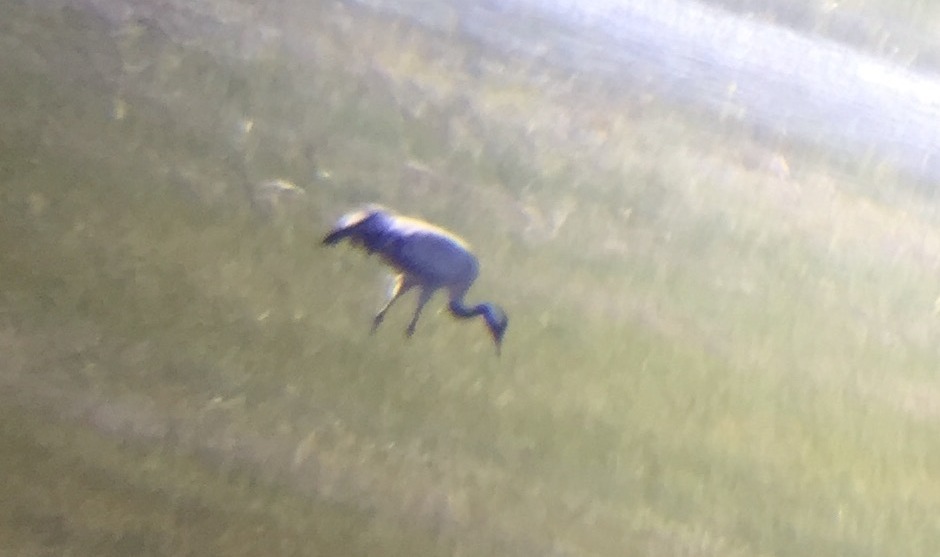
05 May 2017, photo by Jason Wilder
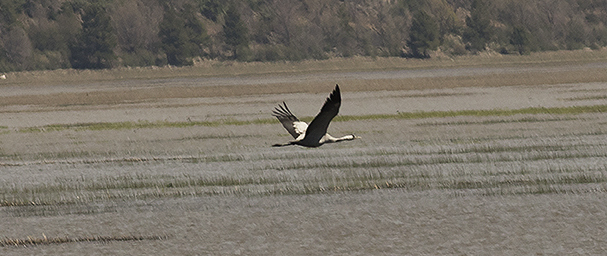
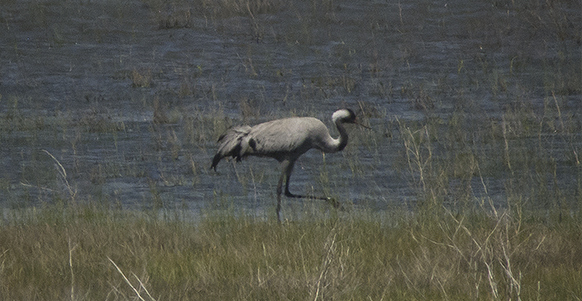
05 May 2017, photo by Gary Rosenberg
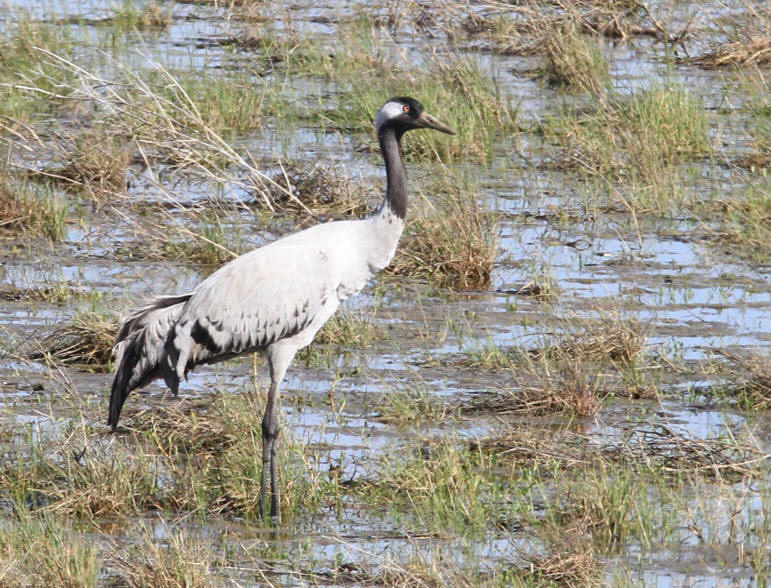
05 May 2017, photo by Dale Clark
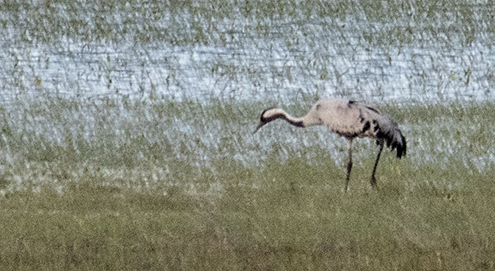
06 May 2017, photo by Dennis Wall
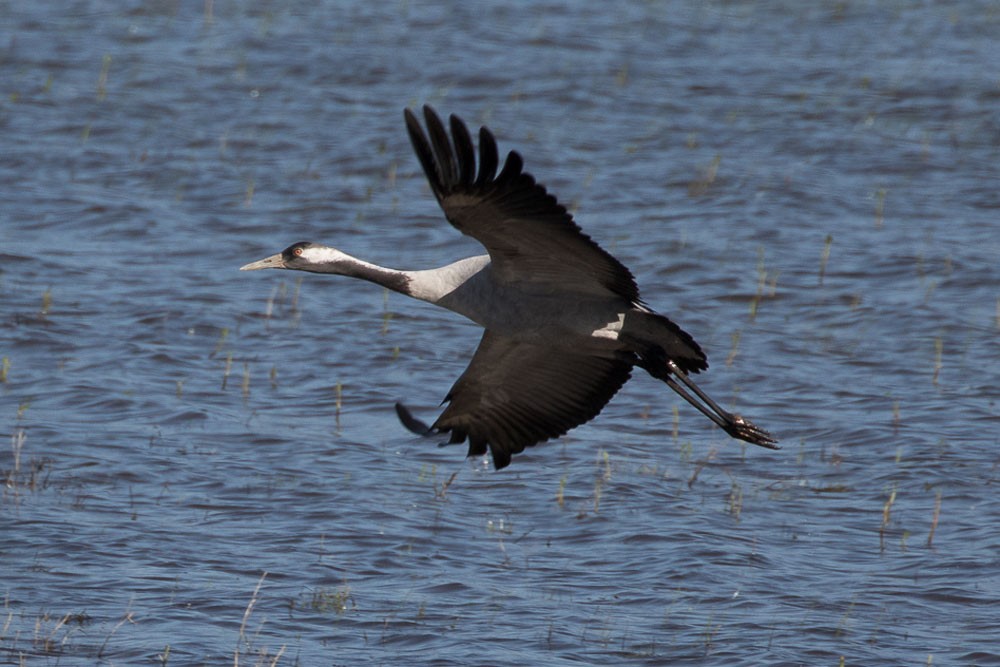
06 May 2017, photo by Steven Valasek
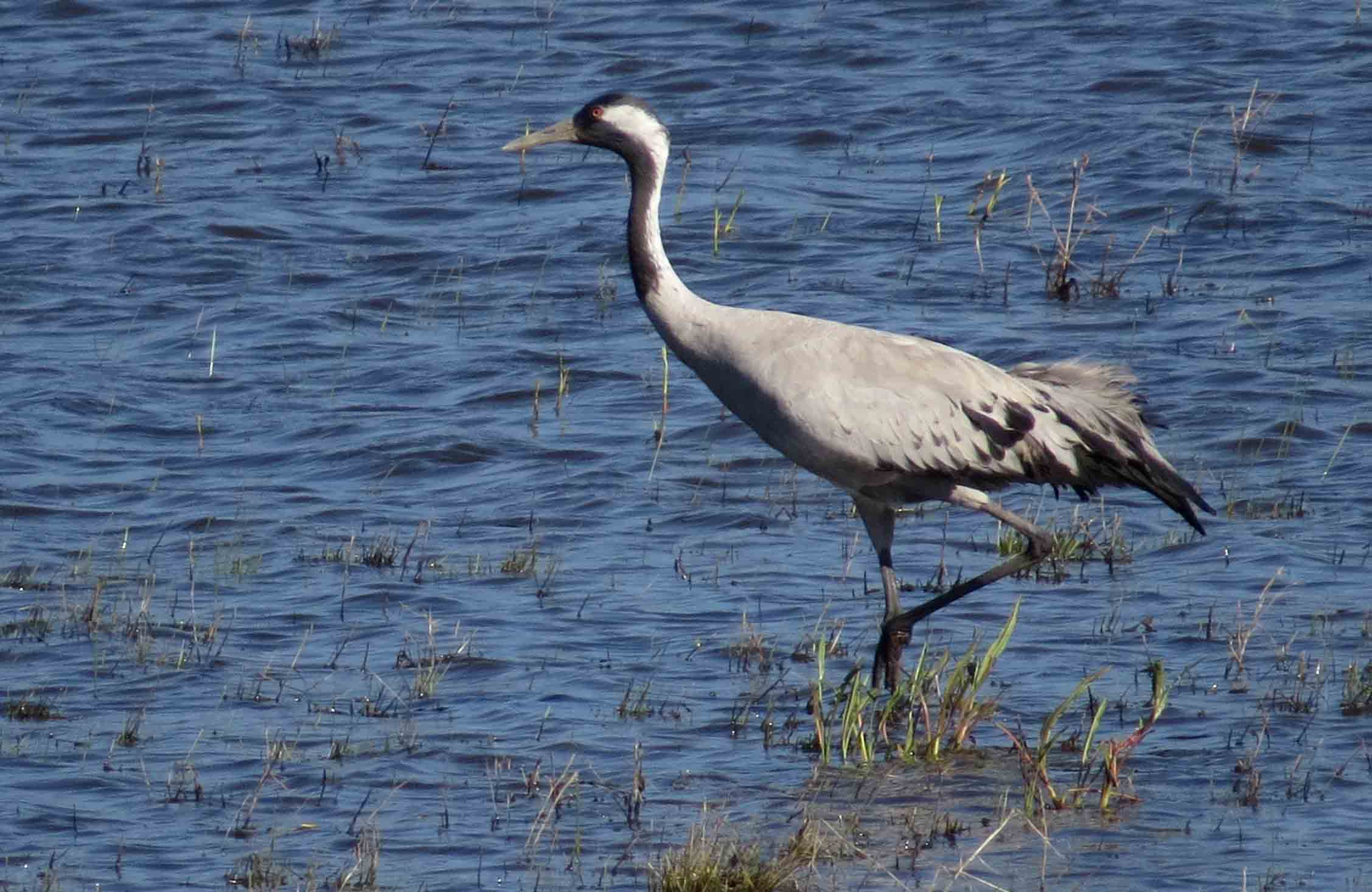
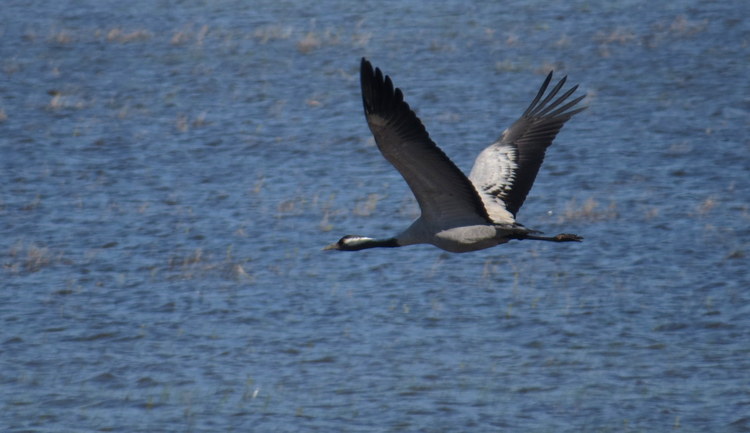
06 May 2017, photo by Michael Woodruff
All photos are copyrighted© by photographer
Submitted on 06 May 2017
|
©2005
|
HOME | | | REPORT SIGHTINGS | | | PHOTOS | | | BIRDING | | | JOURNAL | | | ABOUT US | | | CHECKLISTS | | | AZ BIRD COMMITTEE | | | EVENTS | | | LINKS |